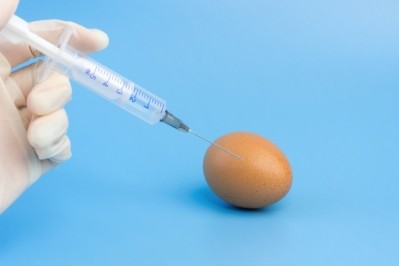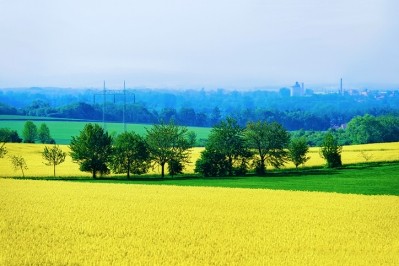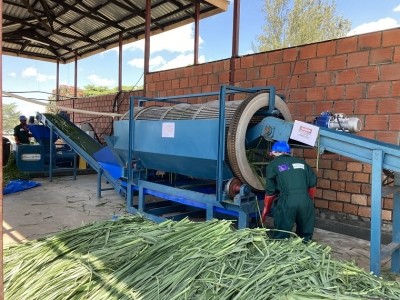Proteins from grass: Germany gets in on the act

The biorefinery system can potentially produce protein-based feed for pigs and poultry, as a partial replacement for imported soy in feed, along with raw materials for producing organic-based plastics and paper, energy, and fertilizers, say the researchers involved in the ProGrün project.
The entire process is being tested at pilot scale, with a model biorefinery set up at the university.
The ProGrün project, which began in December 2020 and is set to finish at the end of November 2023, secured over €1m in funding from the Baden-Württemberg ministry for rural areas and consumer protection.
Dr Markus Rodehutscord, from the University of Hohenheim’s Department of Animal Nutrition, Dr Andrea Kruse from its Institute of Agricultural Engineering, and Dr Reinhard Kohlus from its Department of Process Engineering and Food Powders, are the experts leading the project.
Pastures are an ‘underestimated’ source of protein
Options are limited when it comes to replacing soy protein with locally grown alternatives in Germany, they reported. Thus far, pastures have been an underestimated source of protein in this respect. Spanning 4.7 million hectares, permanent pasture in Germany constitutes over a quarter of all agricultural land. It also does not compete with food production.
While grass and other plants in pastures do contain high levels of protein, it was long thought that only grazing animals like cows and sheep could take advantage of it. However, as researchers in Denmark and in Ireland have also shown, when the protein in plants from pastures is extracted from the plant structure, it can also be suitable as animal feed for pigs and chickens.
As non-grazing animals are incapable of metabolizing fodder, an intermediate step for extracting and pulping the digestible proteins is necessary. To achieve this, most of the grass is crushed and pressed first. The result is press juice with a high level of soluble proteins as well as a residual amount of carbohydrates and other chemical compounds. The solid components and around two thirds of the protein remain in what is known as the press cake.
“Sugar, acids, and other substances in the press juice can impede the ability of proteins to be digested,” said Dr Rodehutscord, who has been running initial animal feeding trials as part of the project. Those components, therefore, are mostly separated out. The proteins are then carefully dried, mixed with other feed materials, and turned into pellets, he said.
“The composition of amino acids in the protein extract is roughly similar to that of soy,” he reported. In principle, he said, that makes it well-suited for feeding chickens and pigs.
Feeding trials
Preliminary tests have been carried out with broiler chickens, which were kept in groups at the university’s Agricultural Experiment Station and fed with the pasture protein extract. The growth, feed intake, and behavior of the birds were observed throughout the study. “We got promising results in terms of feed intake and growth performance. Now it is worth investigating the protein value further, through digestibility studies,” he told us.
Additional trials are scheduled to take place in February next year, in both broilers and pigs.
Aside from animal feed applications, the leftover biomass can be upcycled in line with circular economy principals. It can be used for the production of high-quality materials and to generate heat and energy, explained Dr Kruse.
The carbohydrates and sugar in the press juice, for example, are a promising base material for producing what are known as platform chemicals, such as HMF (5-hydroxymethylfurfural), which forms the basis for the production of organic-based plastics.
Danish pioneers
A tremendous amount of research into the grass derived bioeconomy has taken place in Denmark over the past few years, with commercial scale production already a reality in that market.
BioRefine is a Danish company that has been pioneering a method for extracting protein from grass and alfalfa. In short, it is harvesting grass from fields in Denmark and transforming it into a protein that can be digested and absorbed by monogastric animals.
The company was created by the three Danish agricultural groups, DLG, Danish Agro, and DLF. In terms of capacity, BioRefine’s plant, which is based in Nybro in Jutland, can produce up to 7,000 tons of ‘green’ protein per year from 3,000 hectares of clover grass and alfalfa.
Research has also been carried out in Ireland in this space, with a consortium of academic and industry partners exploring the benefits of small-scale biorefineries to convert freshly harvested grass into value-added components.








